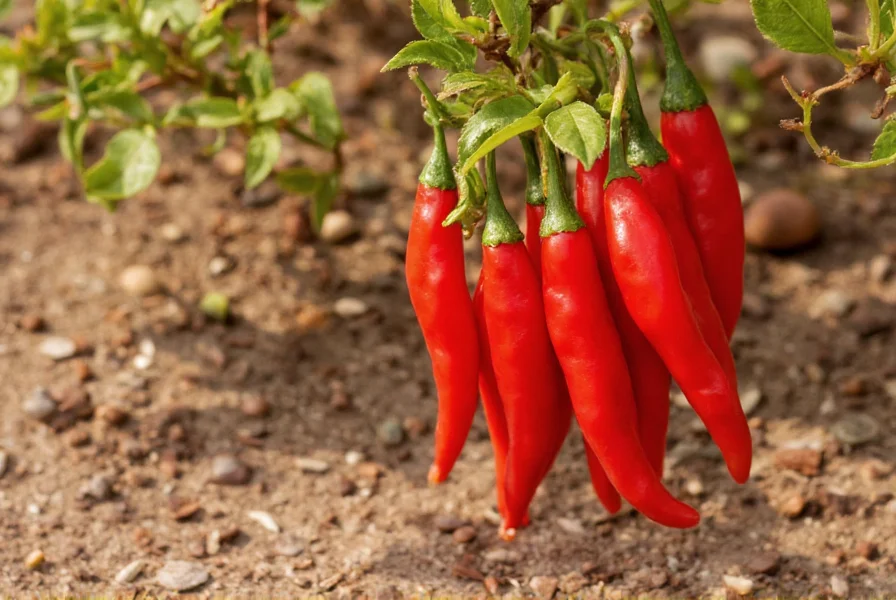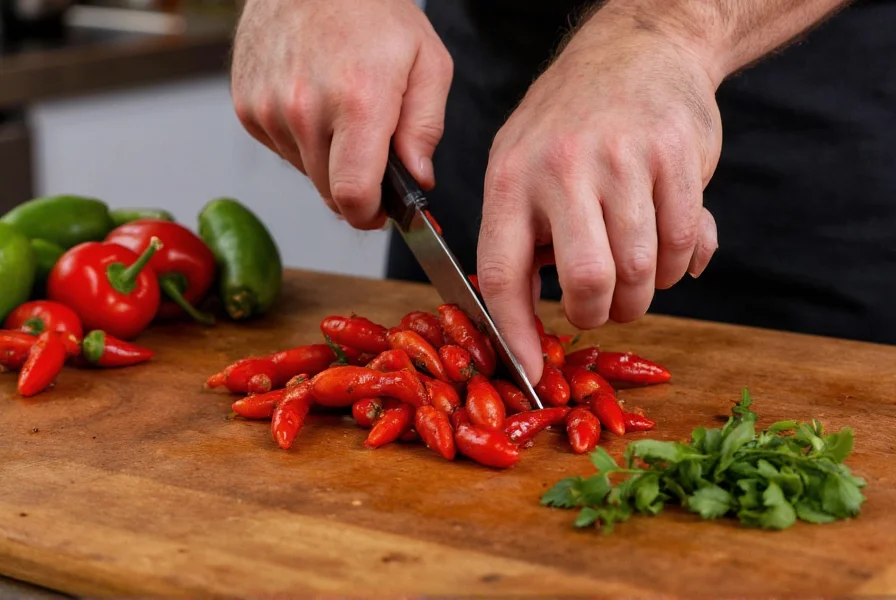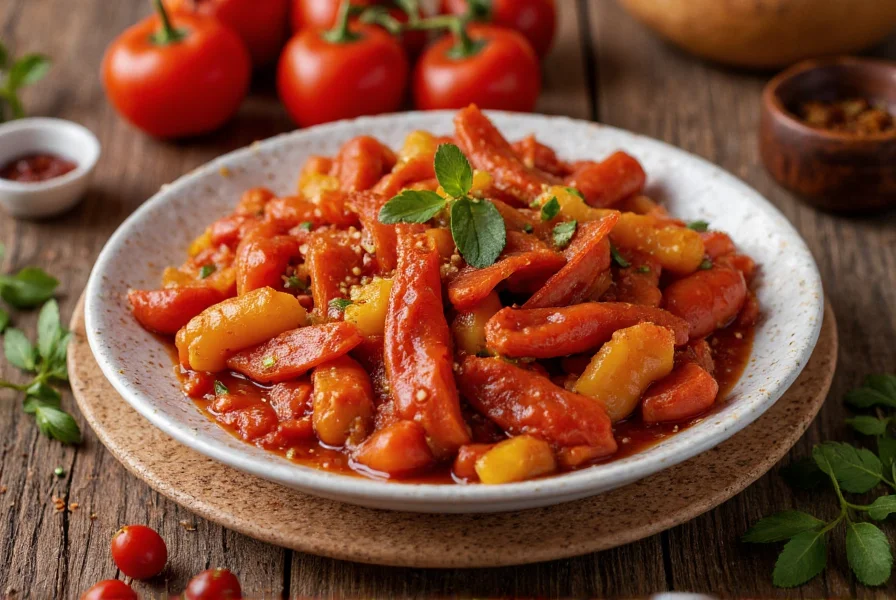Native to regions spanning from Arizona to Argentina, chili tepin has been cultivated and foraged for thousands of years. Unlike commercial pepper varieties, these wild-growing chilies thrive in arid environments and spread naturally through bird consumption—their name literally translates to “little chili” in Nahuatl, with “tepin” meaning “flea,” referencing their small size and intense bite.
Understanding Chili Tepin Characteristics
Measuring approximately 0.2-0.4 inches in diameter, these pea-sized peppers transition from green to vibrant red as they mature. Their thin walls and nearly spherical shape distinguish them from elongated commercial varieties. The heat concentrates in the placenta surrounding the seeds, delivering a rapid-onset burn that peaks within seconds before mellowing into complex flavor notes.
| Pepper Variety | Scoville Heat Units | Flavor Profile |
|---|---|---|
| Chili Tepin | 50,000-100,000 SHU | Smoky, citrusy, earthy |
| Habanero | 100,000-350,000 SHU | Fruity, floral, tropical |
| Serrano | 10,000-23,000 SHU | Grassy, bright, herbal |
| Jalapeño | 2,500-8,000 SHU | Grassy, vegetal, mild |
Culinary Applications of Wild Bird's Eye Chili
Chefs prize chili tepin for its complex flavor that enhances dishes without overwhelming them. Traditional Mexican cuisine incorporates these peppers into salsas, moles, and adobos, where their intense heat balances beautifully with rich ingredients. When using fresh tepins, remove seeds to moderate heat while preserving flavor. Dried tepins develop deeper smokiness and work exceptionally well in spice rubs for meats or infused oils.
For home cooks exploring how to use chiltepin peppers in cooking, start with one whole pepper per dish. Simmer in sauces to distribute heat evenly, or toast dried tepins before grinding for spice blends. Always wear gloves when handling these potent peppers to avoid skin irritation—a crucial safety tip for handling extremely hot wild chilies.

Growing Wild Bird's Eye Chili at Home
Cultivating chili tepin in home gardens requires replicating their natural desert habitat. These heat-loving plants need well-draining soil, full sun exposure, and minimal watering once established. Start seeds indoors 8-10 weeks before last frost, maintaining temperatures above 75°F for optimal germination. Unlike domesticated peppers, tepin plants grow as perennial shrubs reaching 3-4 feet tall with dense branching.
Harvest occurs when peppers turn bright red and feel slightly firm. For preserving wild bird's eye chili harvests, air-dry peppers on screens or string them into ristras. Properly dried tepins maintain potency for 1-2 years when stored in airtight containers away from light. Freezing preserves fresh flavor but alters texture.
Substitutes and Sourcing Challenges
Finding authentic where to buy genuine chiltepin peppers can be challenging outside southwestern US and Mexico. When unavailable, a combination of cayenne (for heat) and smoked paprika (for depth) approximates their profile. Small quantities of habanero with a dash of chipotle provide similar complexity but lack the distinctive citrus notes.
Wild-harvested tepins command premium prices due to their labor-intensive collection. Sustainable harvesting practices involve taking only 30% of available peppers to ensure ecosystem balance—a critical consideration for ethical wild chili foraging. Commercial cultivation remains limited, making genuine tepins a specialty ingredient.

Health Benefits and Safety Considerations
Like other capsaicin-rich peppers, chili tepin offers potential metabolic and anti-inflammatory benefits. However, their extreme heat requires careful handling. Never consume large quantities raw—start with tiny amounts to assess tolerance. The intense burn can cause temporary discomfort including sweating, flushing, and gastrointestinal distress in sensitive individuals.
When experimenting with chili tepin heat level comparison in recipes, remember that individual pepper potency varies significantly based on growing conditions. Always taste-test incrementally rather than following fixed measurements. Keep dairy products nearby to neutralize capsaicin if needed, as water merely spreads the burn.
Final Considerations for Chili Enthusiasts
Chili tepin represents one of nature's most fascinating culinary treasures—a wild pepper that bridges traditional knowledge and modern gastronomy. Whether foraging in desert landscapes or cultivating in home gardens, these potent little chilies reward careful handling with unparalleled flavor complexity. Their unique heat signature and citrus undertones make them invaluable for chefs seeking authentic Southwestern and Mexican flavors.
As interest in heirloom and wild ingredients grows, chili tepin continues gaining recognition beyond its traditional regions. Understanding proper handling techniques, realistic heat expectations, and appropriate culinary applications ensures successful integration into any kitchen. Whether you're exploring chili tepin uses in traditional Mexican cooking or experimenting with modern fusion dishes, this ancient pepper variety offers a distinctive taste of the Americas' rich culinary heritage.











 浙公网安备
33010002000092号
浙公网安备
33010002000092号 浙B2-20120091-4
浙B2-20120091-4